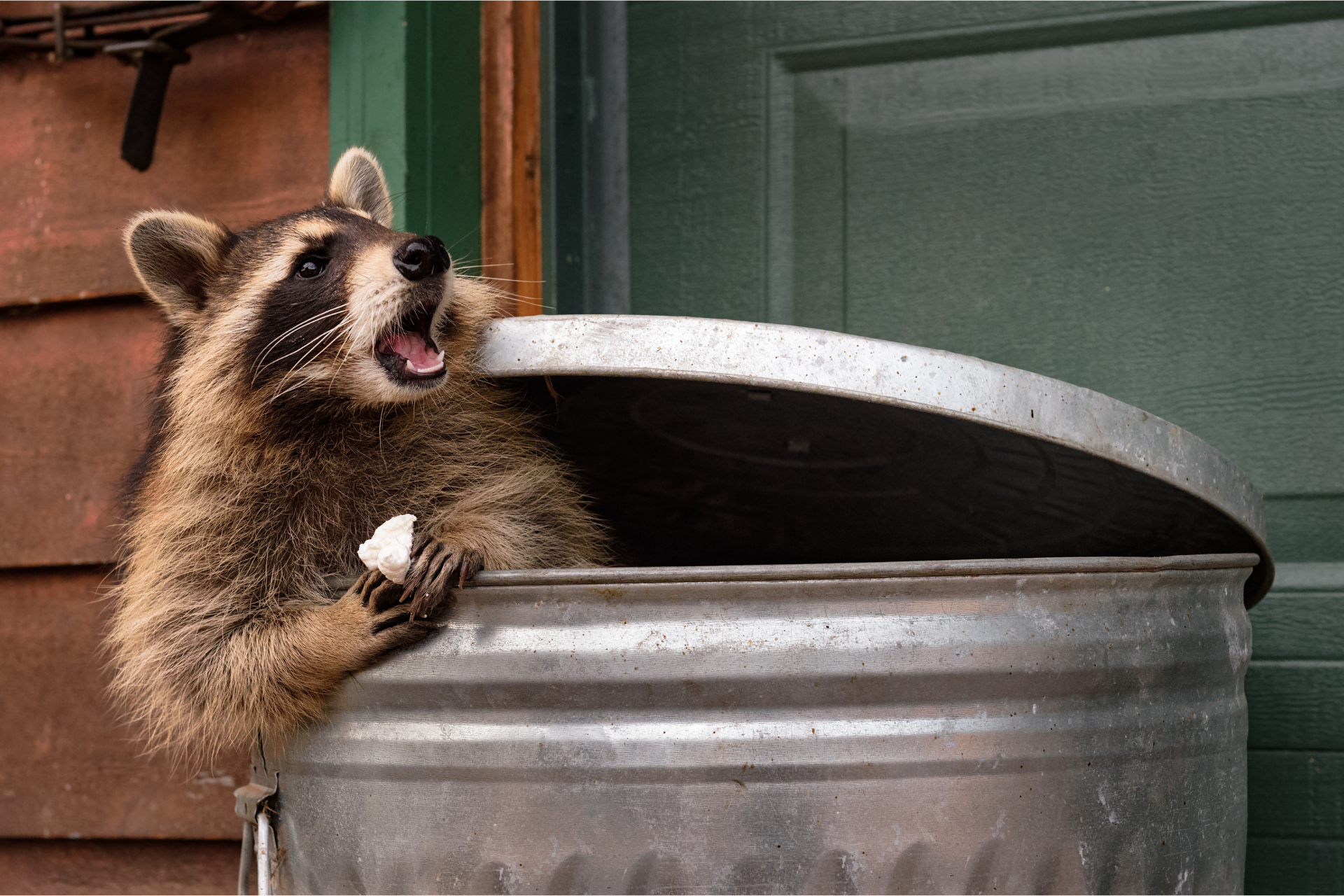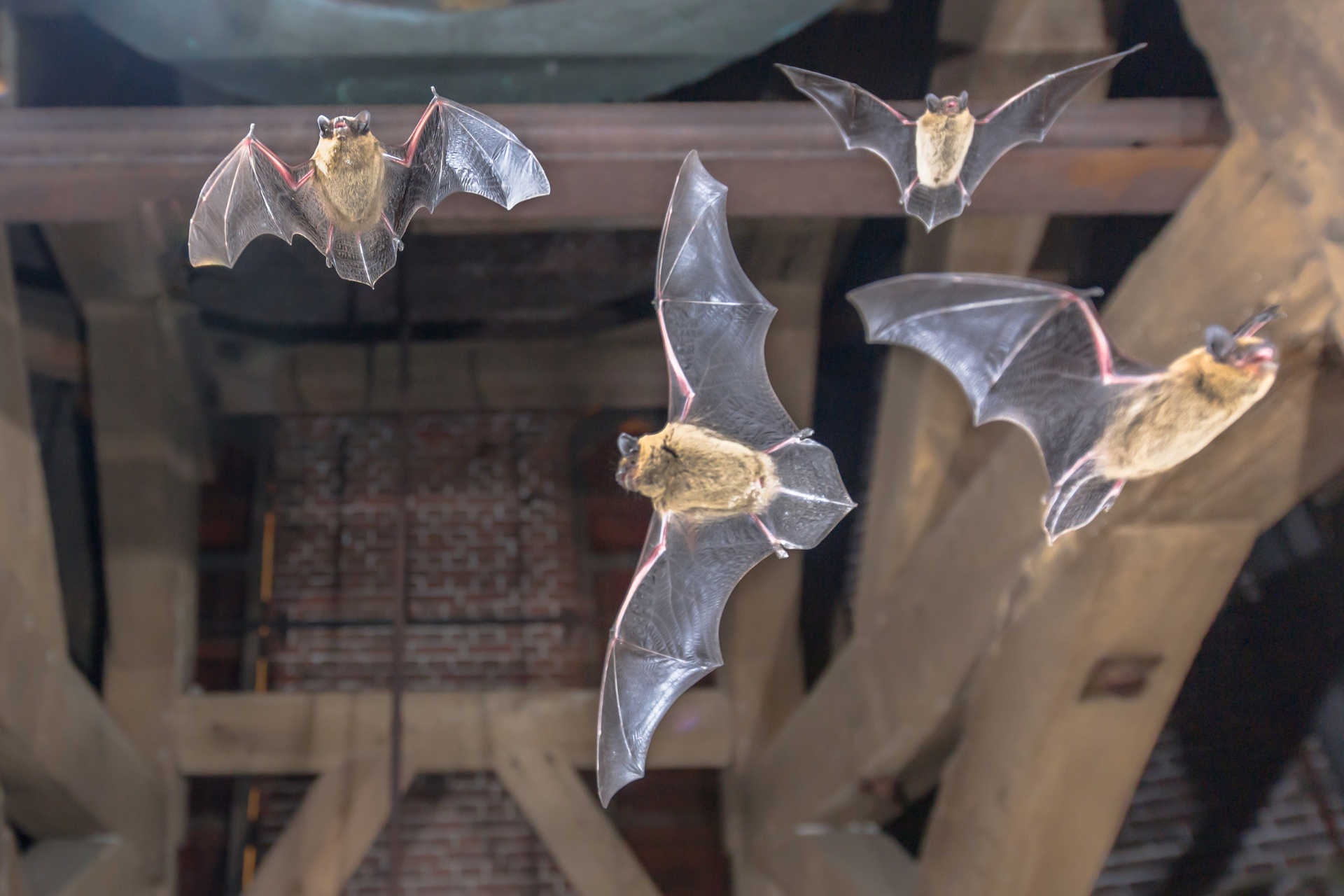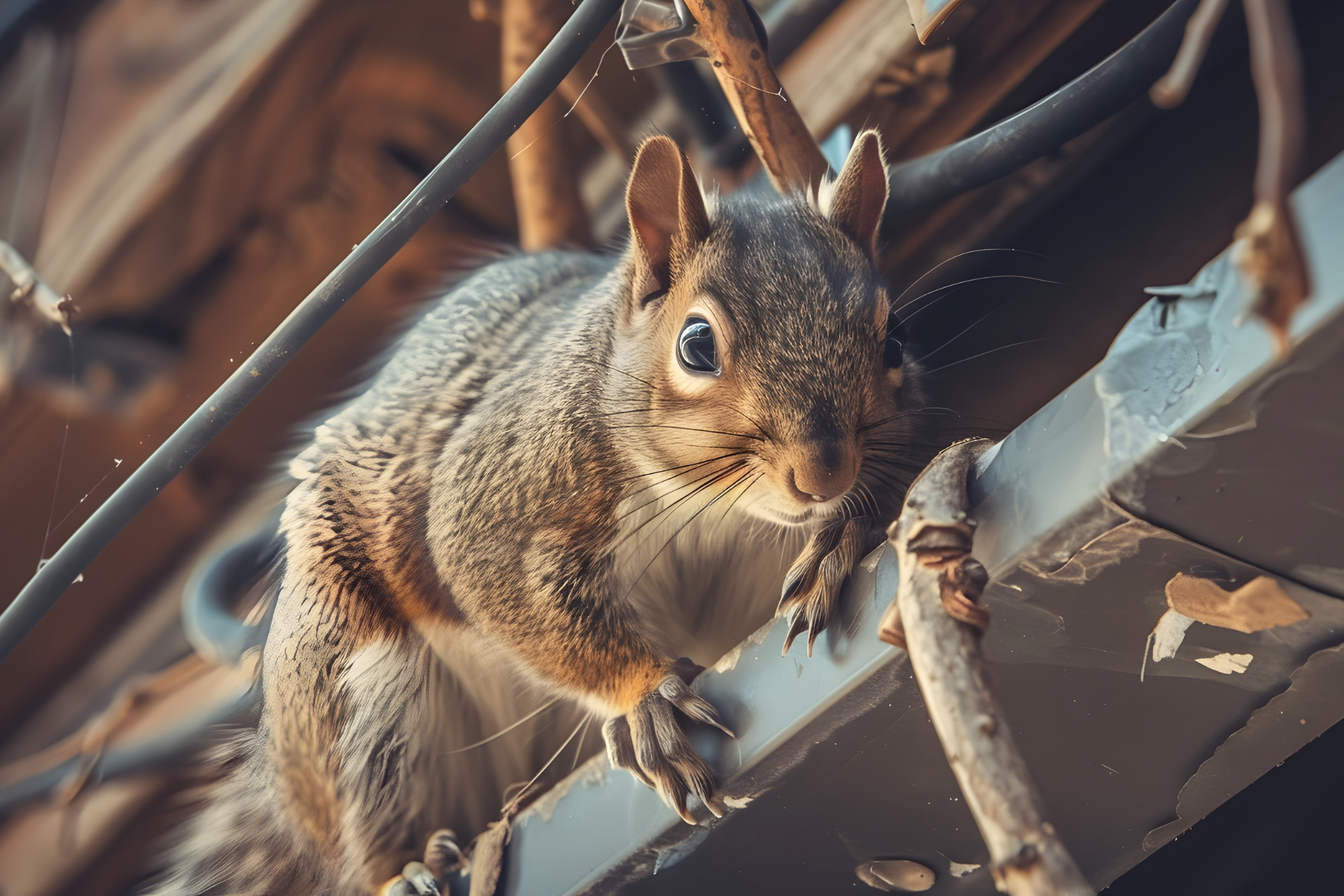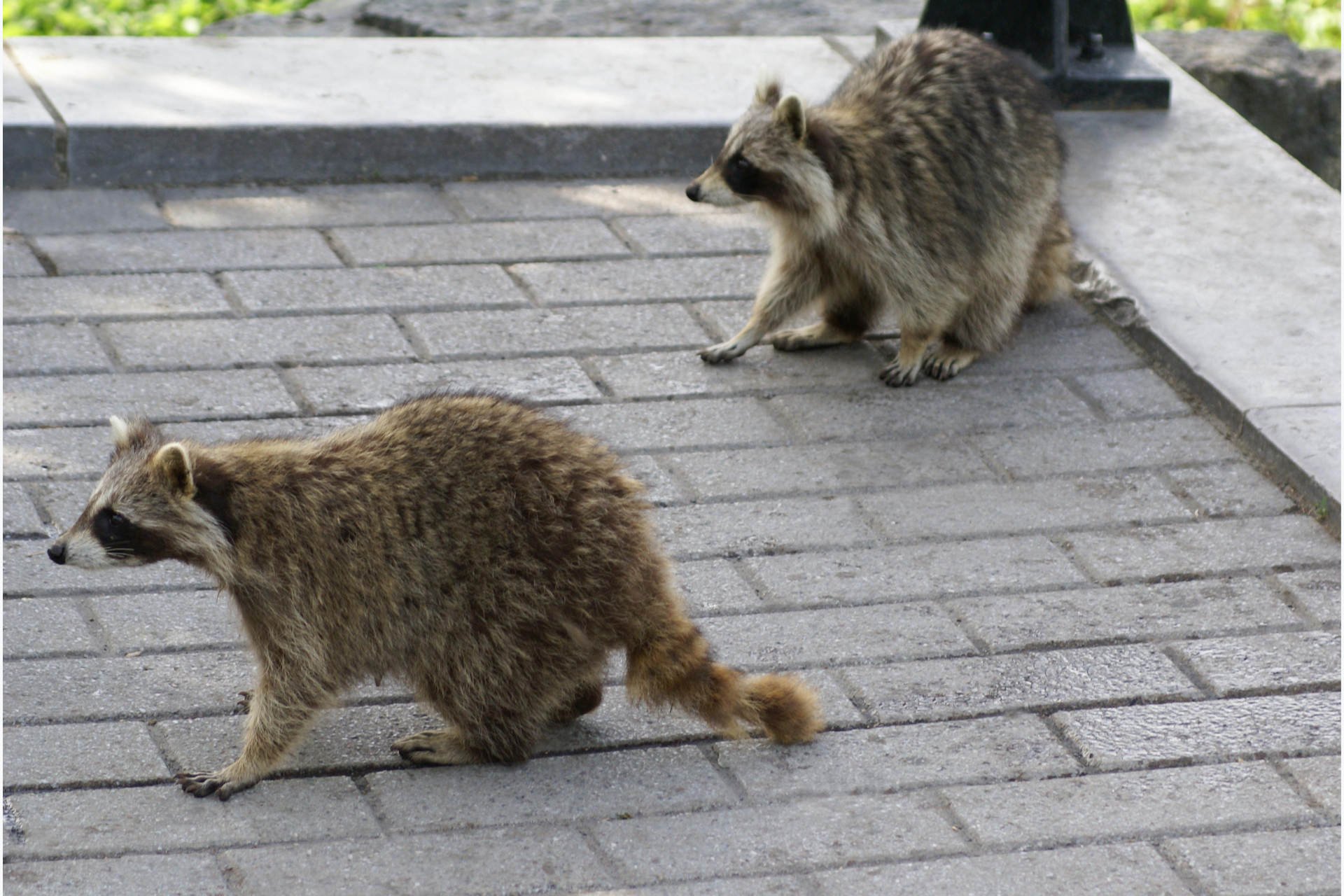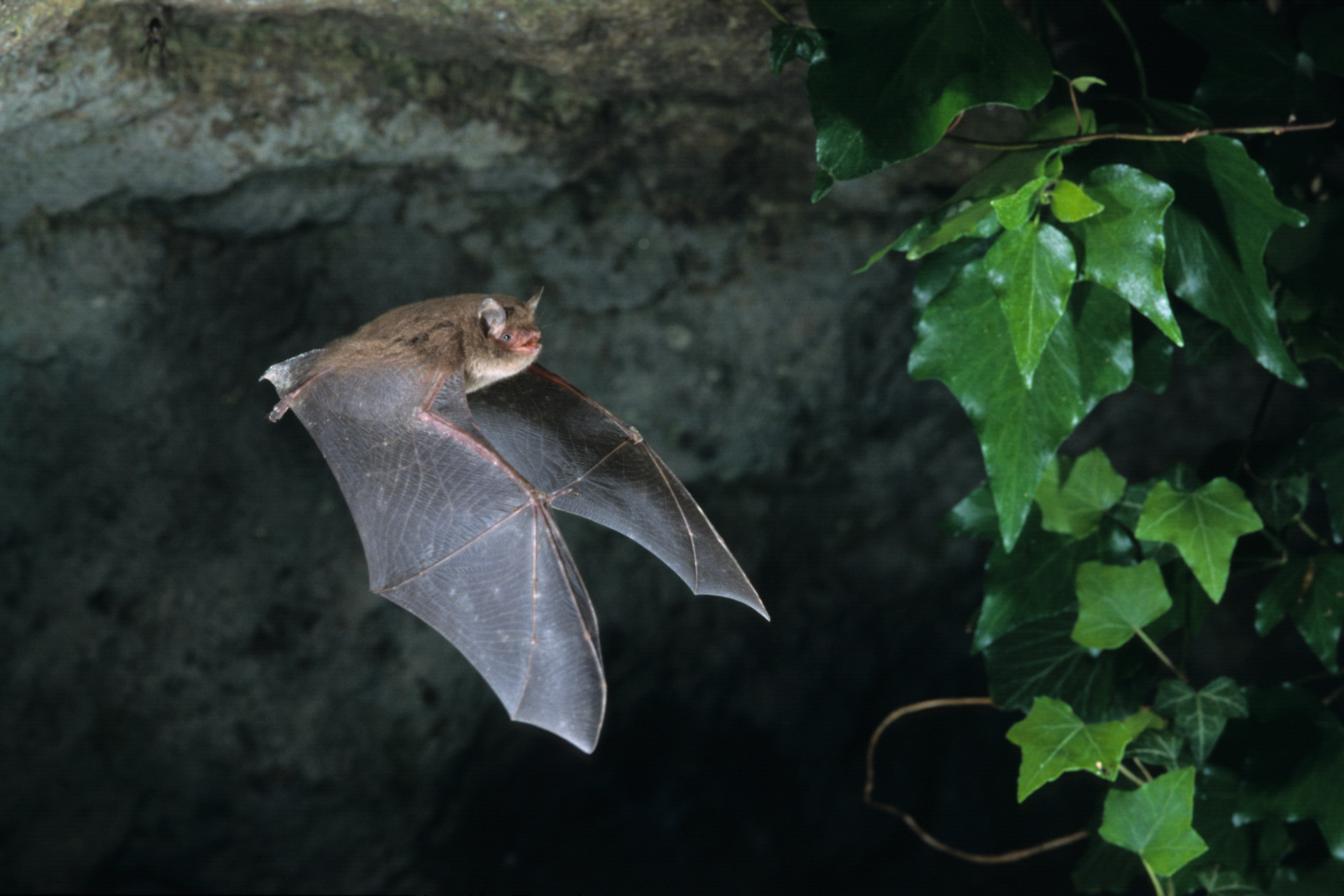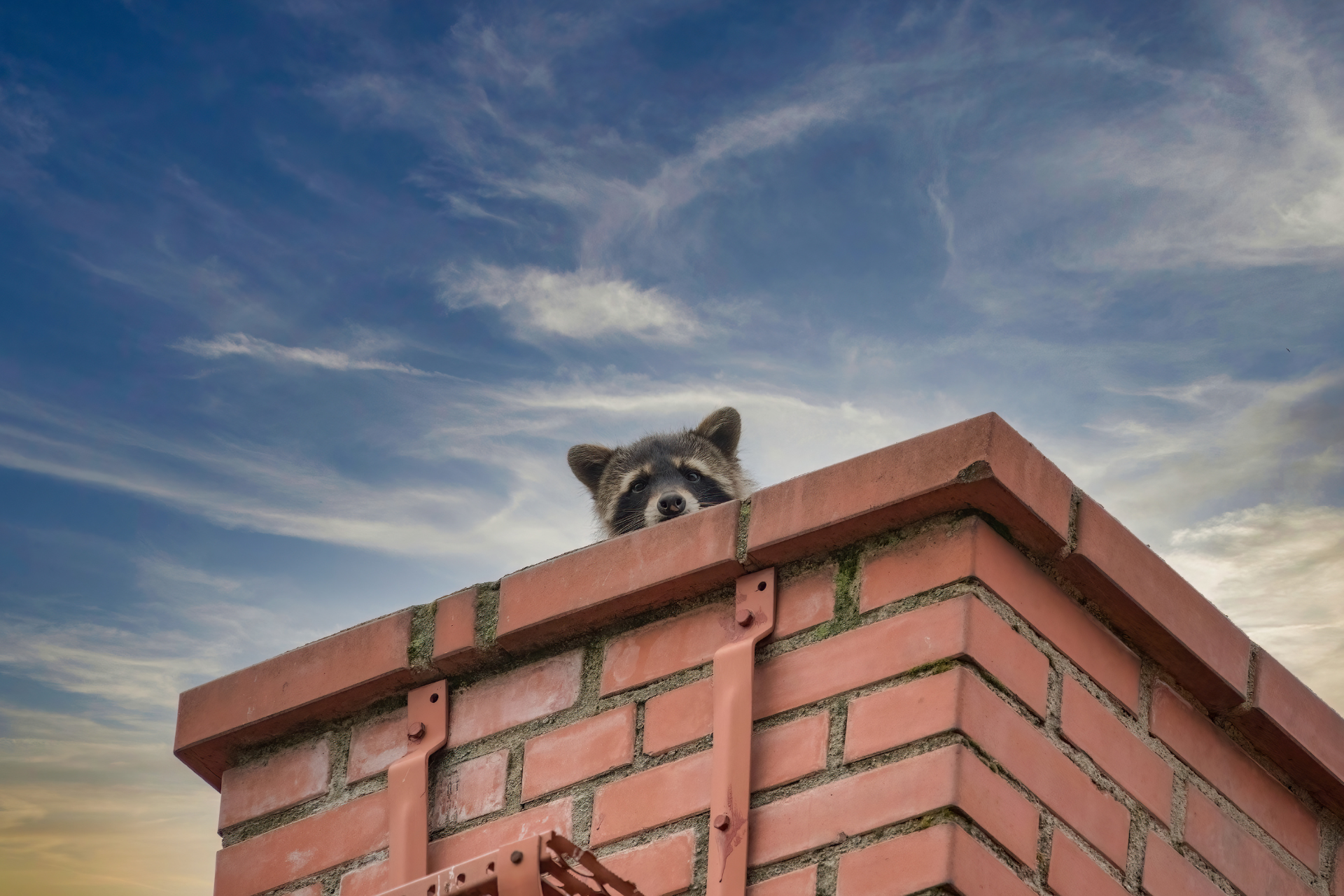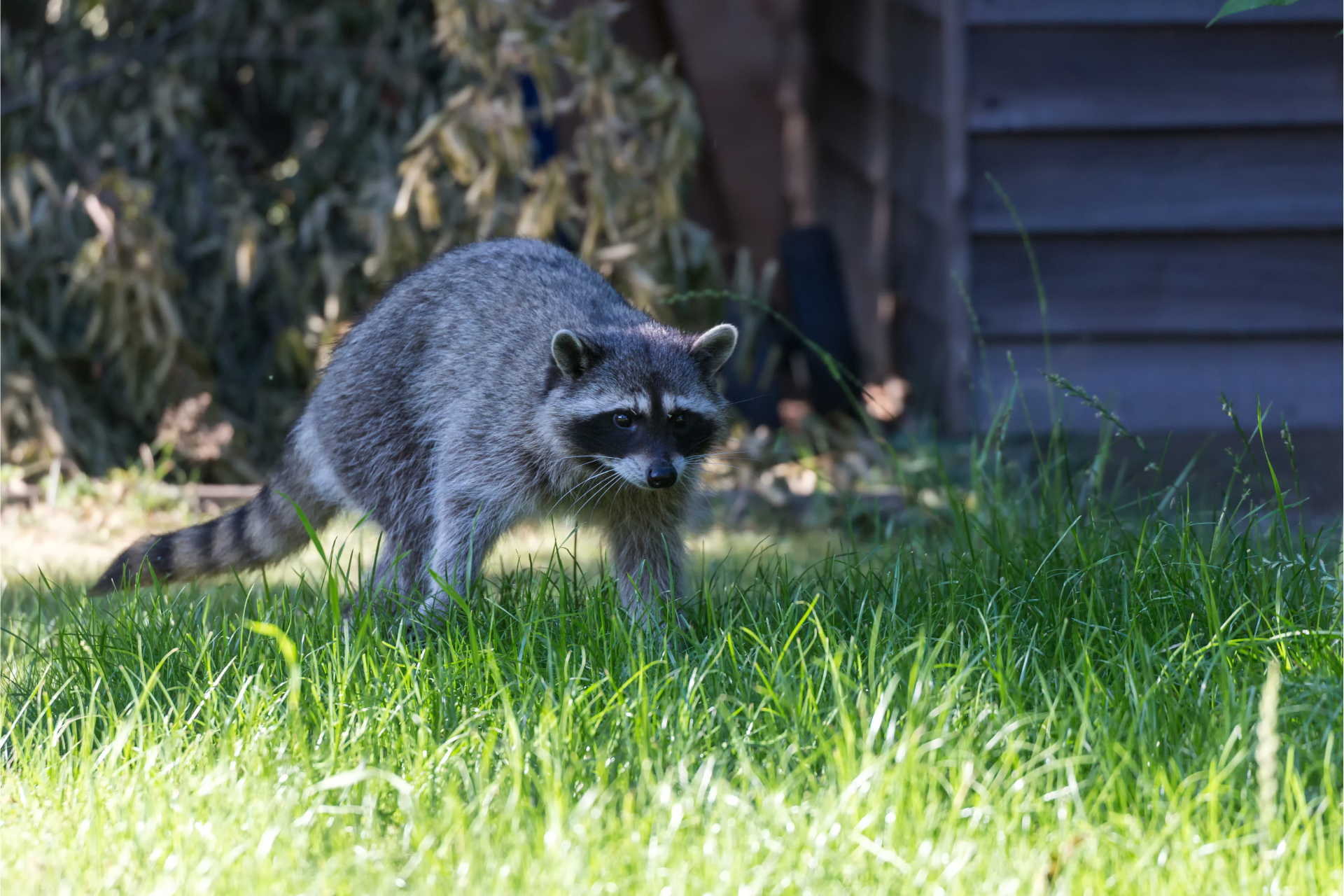Steps You Can Take To Deter Deer From Your Property
Effective Plant and Physical Solutions for Deer Management
The grace and beauty of deer often enchant homeowners who enjoy seeing wildlife right in their own backyards. These gentle creatures, often depicted as symbols of natural beauty and wilderness, bring a touch of the wild to suburban and rural landscapes. However, this admiration can quickly turn into frustration as deer are also known for their voracious appetites, especially in gardens and landscaped areas. Many homeowners find themselves in a constant battle to protect their plants and maintain their property’s aesthetics, leading to a need for effective solutions to manage and coexist with these beautiful yet challenging neighbors.
Plant Edibles They Prefer
An innovative approach to managing them in your yard involves creating a designated feeding area that distracts them from more valuable parts of your garden. This strategy is based on the concept of "diversionary feeding," where homeowners plant specific types of vegetation that are particularly attractive, intentionally placed away from cultivated gardens and ornamental plants.
For instance, planting rows of clover, alfalfa, or certain types of berries in an outlying area of your property can effectively draw deer away from your prized flowers and vegetables. These feeding zones not only satisfy their appetite with less fuss but also reduce the likelihood of them wandering into areas where they can cause more damage.
However, this method should not stand alone. Diversionary feeding works best when integrated with other deterrent methods. This multifaceted approach might include physical barriers, such as fencing, or the use of natural repellents to create multiple layers of defense against intrusion. Combining strategies enhances the overall effectiveness, ensuring that the deer are less likely to habituate to one particular countermeasure and continue to invade your garden spaces.
Interplant With Bulbs They Dislike
Incorporating certain types of bulbs into your garden can significantly deter deer, especially during their active spring feeding periods. They tend to have aversions to specific plants, and using these natural repellents can protect more vulnerable flora. Daffodils and alliums are particularly effective in this role, offering both aesthetic beauty and a practical deterrent.
Daffodils, with their bright, cheerful blooms, contain alkaloids that are toxic to deer, making them a natural choice for gardeners looking to ward off these animals. Planting daffodils around the perimeter of your garden or interspersed among other plants can create a protective barrier that they are likely to avoid.
Similarly, alliums, which include onions, garlic, and decorative varieties like giant alliums, release a strong scent that is unappealing to deer. Their distinctive smell and taste make them excellent companions for more palatable plants, offering a shield of protection through their natural odor.
By targeting the spring feeding habits, these bulbs can be strategically planted to coincide with the time when deer are most actively searching for food. This approach not only minimizes damage during a critical growing period but also enhances the garden's design, integrating functionality with ornamental value.
Choose Plants They Don't Like
For the spring season, when new growth is abundant and appealing, consider planting lavender. Lavender’s strong scent is generally disliked, and its beautiful purple blooms add aesthetic value while protecting younger, more vulnerable plants nearby. Other spring bloomers like foxgloves and peonies also have characteristics that tend to deter deer, making them excellent choices for early-season planting.
During the summer, when gardens are in full bloom and deer are actively feeding, planting flowers like cosmos can be beneficial. Cosmos are not only colorful and beautiful, but their slight bitterness makes them less palatable. Marigolds and zinnias are other summer bloomers that can help repel with their strong fragrances and are excellent for adding color and variety to any garden.
Herbs are particularly effective due to their strong aromas. Plants like rosemary, sage, and thyme not only thrive with minimal care but also emit scents that deer find offensive. Incorporating these herbs throughout the garden can create a natural barrier while providing fresh flavors for your kitchen.
When considering larger plants, certain trees and shrubs are known to be less appealing. Species such as boxwood, juniper, and spruce not only add structure and privacy to your landscape but also are less likely to be damaged by deer. These plants can act as a physical and sensory barrier, protecting smaller plants within their vicinity.
Erect Barriers
Effective physical barriers are often the most reliable method for keeping them out of your garden. By using fencing strategies tailored to deter deer, homeowners can protect their landscapes without needing to compromise on aesthetics or resort to chemical repellents.
One practical approach is the combination of woodpile and mesh fencing. This technique involves layering a base of wood logs or branches, which acts as a natural deterrent and makes it difficult for deer to approach the fence. On top of this woodpile, a mesh fence is erected to increase the barrier's height and effectiveness. The mesh should be sturdy and well-anchored to withstand attempts by the animals to push through or jump over. This type of barrier blends more naturally into the garden environment while providing substantial protection.
The height of a fence is a critical factor in its effectiveness against deer, who are capable jumpers. A minimum height of seven feet is generally recommended to prevent them from leaping over. In some cases, even higher barriers may be necessary depending on the local population and their jumping ability. It's also advisable to angle the top portion of the fence outward, creating an optical illusion that makes the barrier seem even higher and more daunting to a deer considering a jump.
This height not only physically prevents entry but also plays a psychological role, as they are less likely to attempt to jump over barriers that appear too high or too imposing. Additionally, ensuring that the fence extends close to or below the ground level can prevent them from trying to crawl underneath.
Are you tired of watching your beautiful garden become a snack bar for local wildlife? It's time to take action with Critter Detective. Our innovative solutions and expert advice are designed to help you safeguard your garden. Don't let deer and other critters dictate what grows in your backyard. Contact us today to learn more about our services, and start enjoying a thriving, critter-resistant garden tomorrow.
All Rights Reserved | Critter Detective LLC


